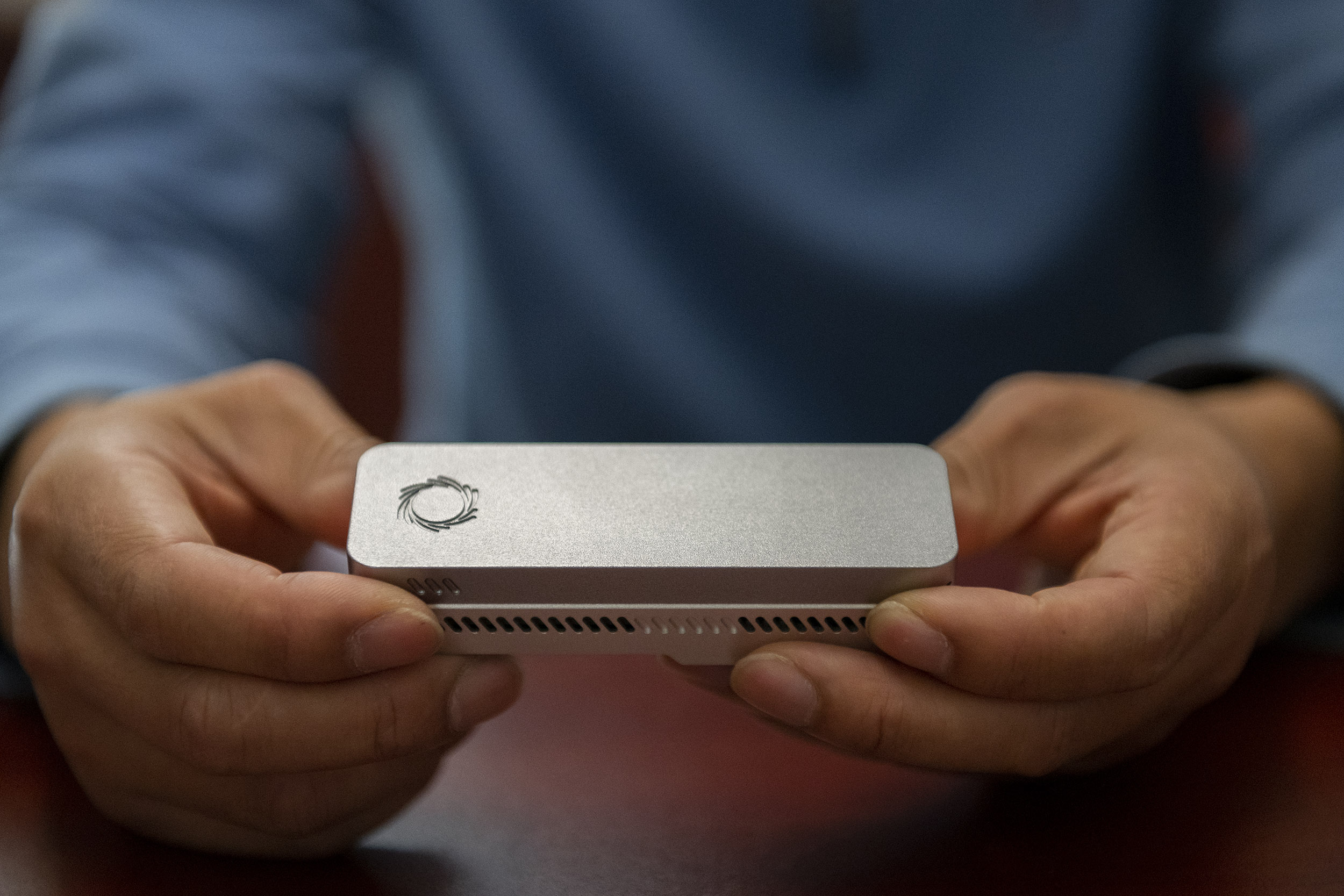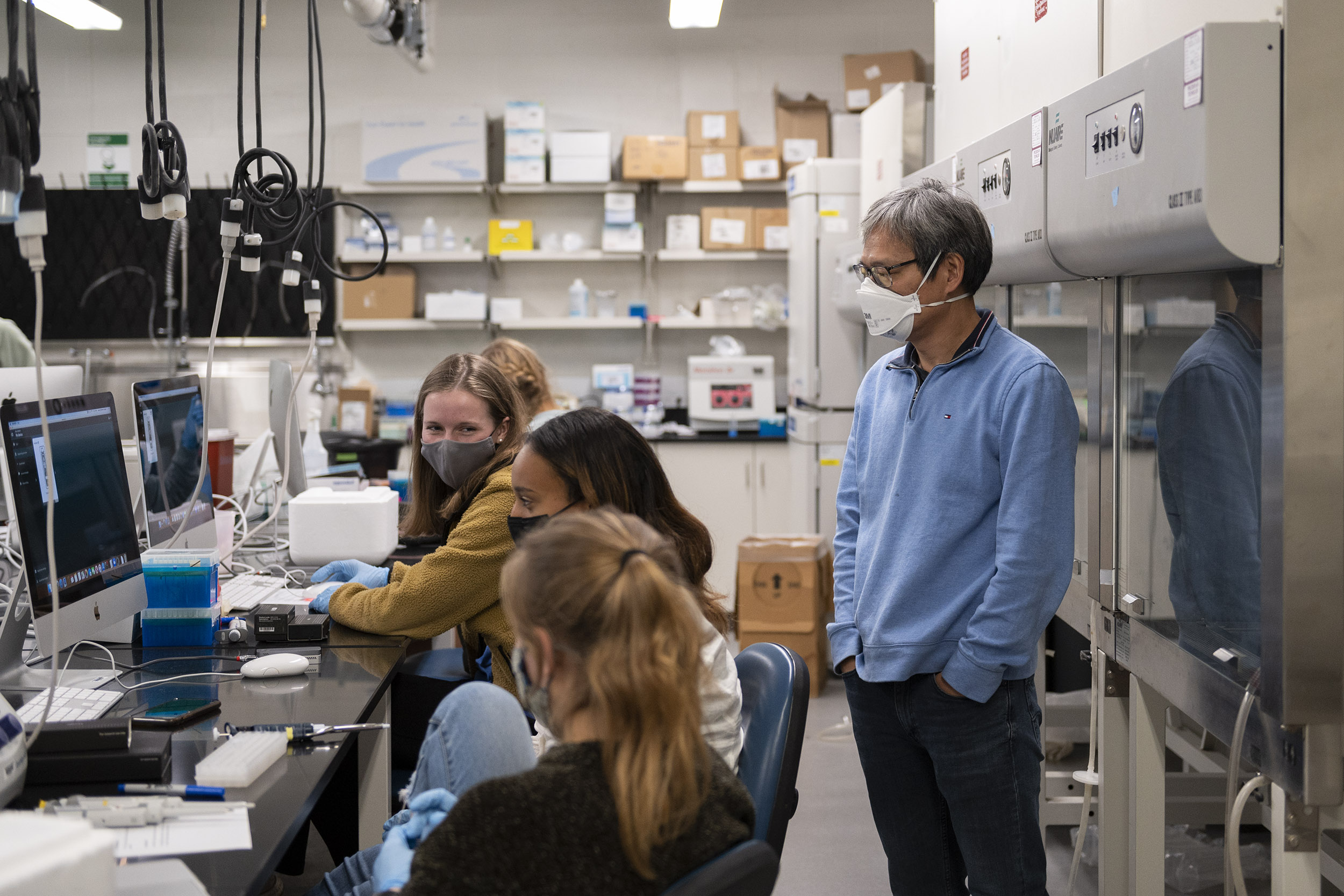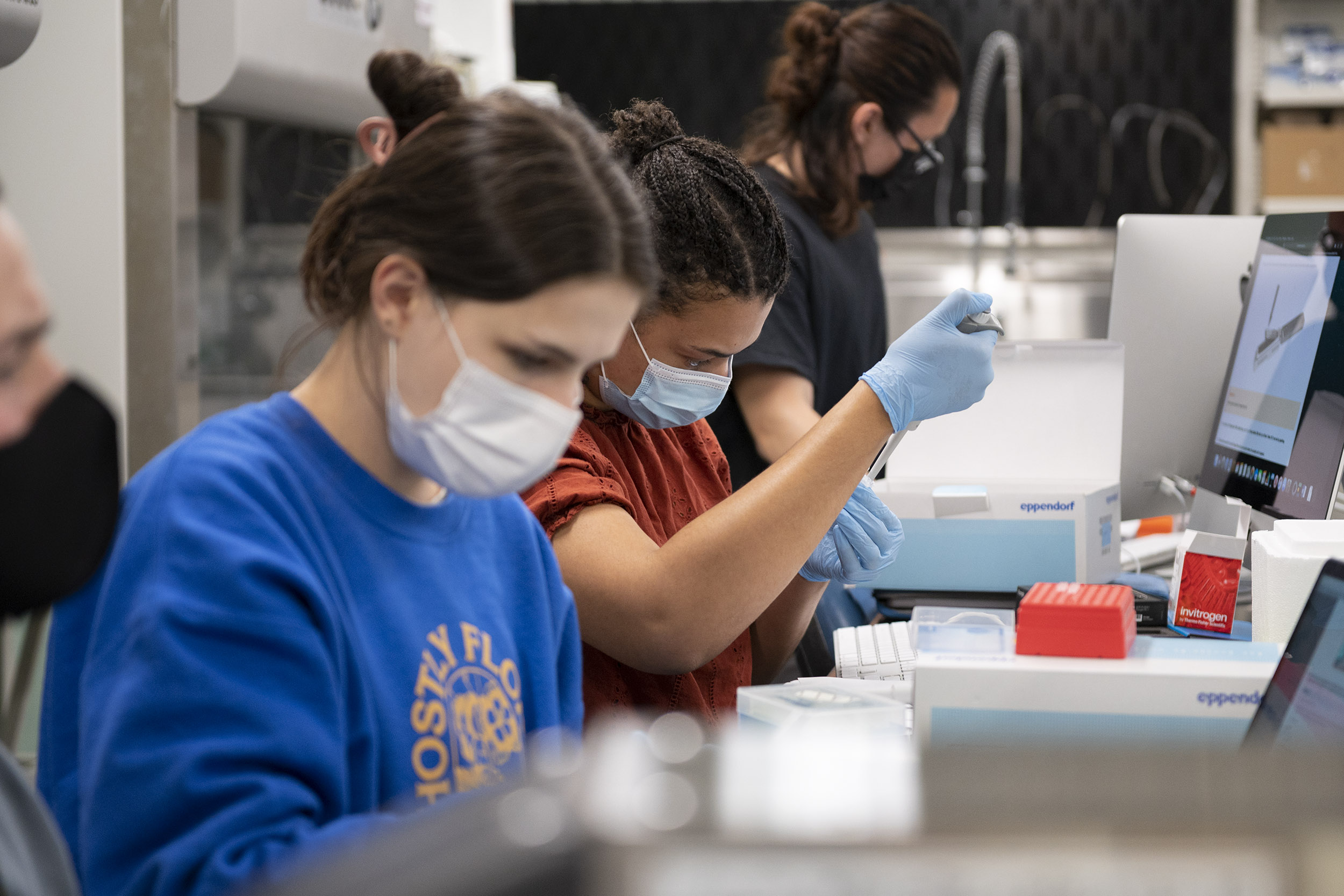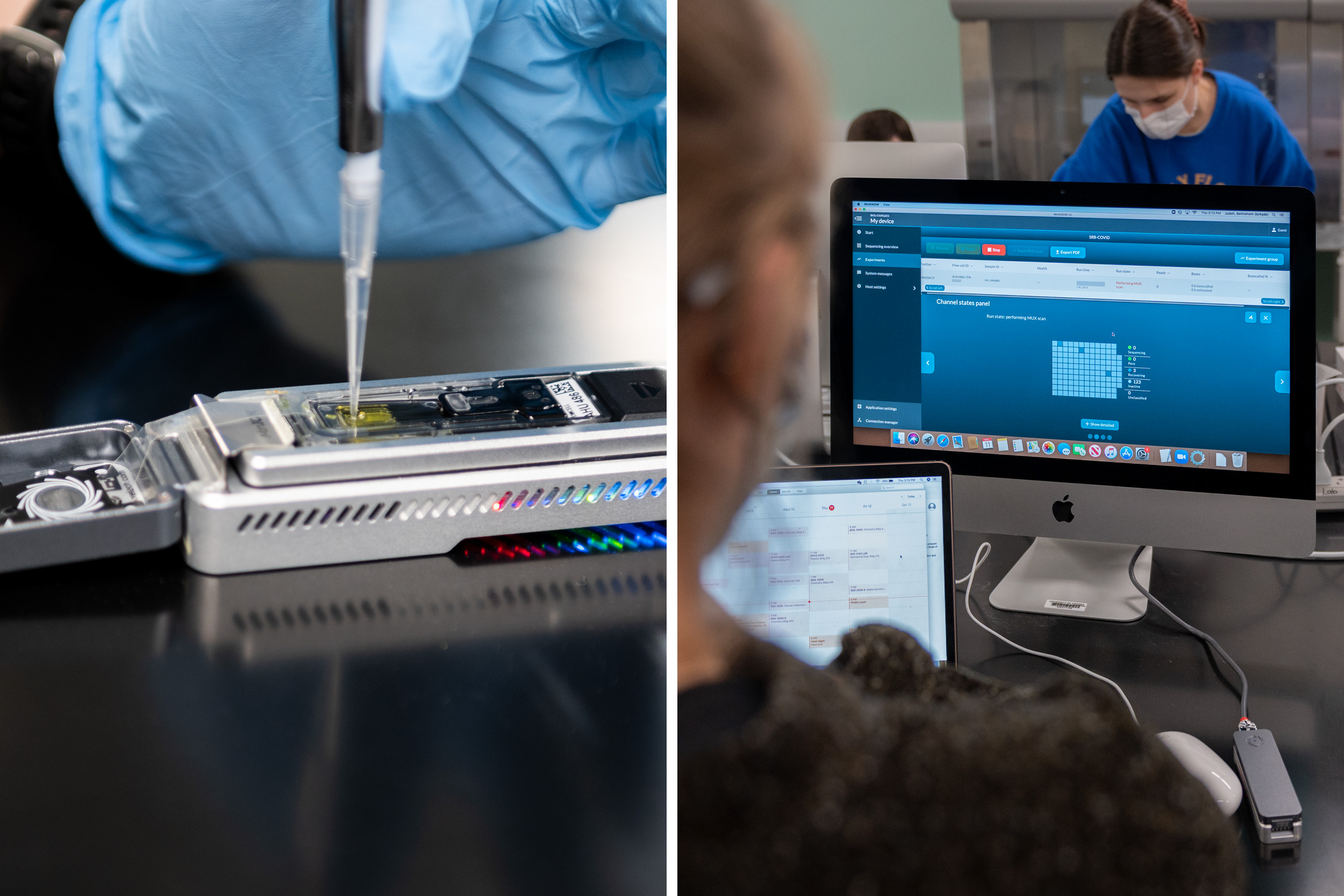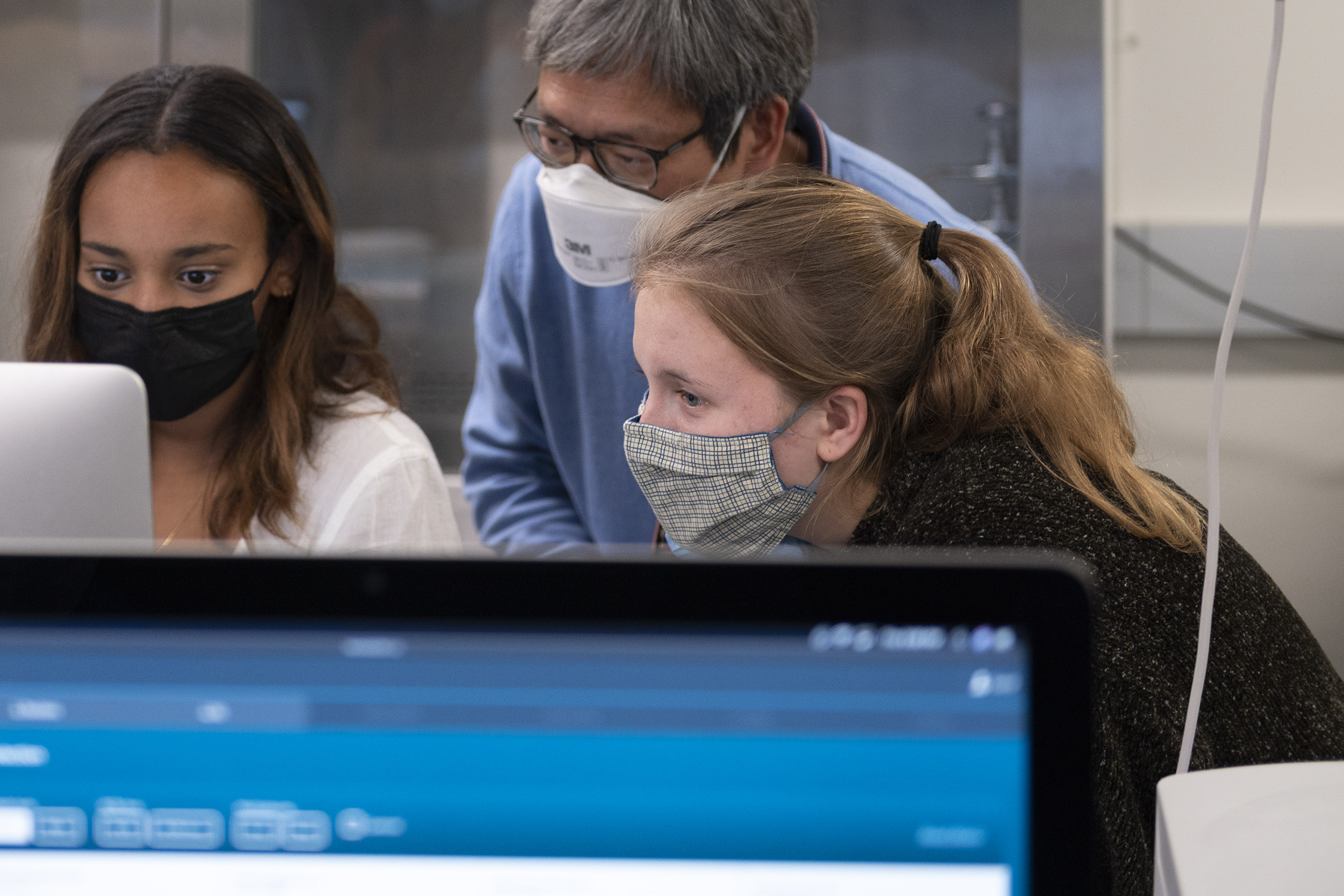Millions of organisms, invisible to the blind eye, make up much of the world around us, and the world inside our bodies. These organisms are microbes, or microorganisms influential in the cause of disease, infection and fermentation.
Though 99.9% of microbes cannot currently be cultured in a lab – meaning they cannot be multiplied and studied using traditional methods – the emergence of genomic sequencing over the last two decades has revolutionized medicine and biology.
In recent years, the human microbiome has become a hot topic in the field of biology, as certain microbes have been linked to diabetes, obesity, depression and even autism. With the development of Sanger sequencing in 1977 – in which an electric current pushes a molecule through lanes of polymer gel, separating DNA fragments according to size – researchers began sequencing microbial genomes one base pair at a time. This expanded our understanding of the genetic identities, lifestyles, capabilities, toxicities and infectious natures of different microbes. With enough information, microbiologists have even identified contaminant-eliminating microbes that can help clean up oil spills and landfill waste.
